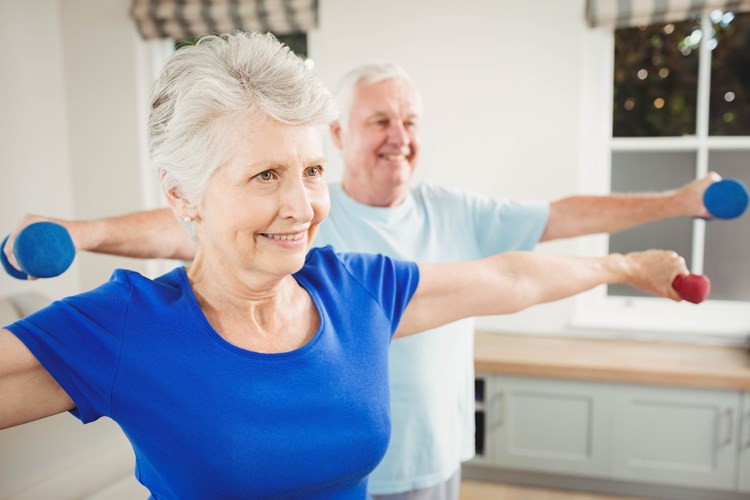How to Achieve Healthy Ageing in Just 3 Steps
Healthy ageing is crucial. But with the variety of changes that occur in your body, achieving it can be quite challenging. Well, you’ve been around longer than others, now is not the time to back down from a challenge.
But let’s get something straight.
- Aging doesn’t necessarily mean disability or declining health.
- It is not true that losing your memory is part of aging.
- You’re not an old dog that can’t learn new tricks.
All you need to do is cope with the changes that come with old age and live life healthy and happy.
How do you do this exactly?
Tips for Staying Healthy as You Grow Older
Did you know that one way to prevent loss of mobility and prevent musculoskeletal injuries is to get active? Exercise is just one option, so you don’t need to sweat at the thought of subjecting your tired bones to physically taxing activities.
Greater physical and mental improvements will boost your vitality, prevent aches and pains, sharpen your memory, and boost your immune system. So why shy away from physical activities?
Before you exercise
- Check with your doctor to ensure you are well enough to exercise and help determine which routines are good for you.
- Choose an activity that you like so you will continue to do it on a daily basis.
- Remember to start slow and work your way to a more intense exercise.
When exercise is hard, do Pilates
This is similar to yoga but focuses on your body’s core that includes your lower back, abdomen, oblique, and inner and outer thigh. It helps develop strength, muscular endurance, balance, coordination, flexibility, and good posture.
Considering that these things are what you need to stay mobile and healthy, practicing Pilates offers a great alternative to exercise.
Switch it up with yoga once in awhile
Slow and easy, with a focus on breathing and proper form, Yoga is one activity seniors can do to get active. Similar to Pilates, it also helps improve balance, boost mood, and sharpen memory. Certain yoga poses are suitable for a specific age. The Chair Pose and Tree Pose, for example, are suitable for people in their 50s, while the Cobbler’s Pose and Warrior 1 are for seniors in their 60s.
- Eat a healthy diet
A healthy diet is important at any age and should not change when you hair turns grey. What you eat, after all, will dictate how healthy your body is. Because your metabolism will slow down and your sense of taste and smell will change, you may need to adjust the ingredients in your menu to add more high-fibre vegetables, fruits, and whole grains.
You also need to ensure your food not only looks good but tastes good as well. If your appetite is lacking, presentation and taste can make a huge difference.
It would also help if you eat with others. If you live in an aged care facility, mingle with other seniors and make meals a social event.
- Get lots of shut-eye
It is a fact that sleep problems increase as you age. In fact, many older adults complain about insomnia, frequent waking at night, and daytime sleepiness. If you are experiencing the same thing, you should change your sleeping habits.
- Develop bedtime rituals that can help you wind down. Play soothing music or take a warm bath.
- Make your bedtime the same time that you feel tired. Even if it seems too early to go to bed, you should adjust accordingly.
- Increase the level of activities you do during the day, because being too sedentary will result in you not feeling sleepy. For a good night’s sleep, do regular aerobic exercises 3 hours before bedtime.
Most importantly, make sure that your bed is comfortable, your bedroom is cool, quiet, and dark, and you use low-wattage bulbs to naturally boost your melatonin levels.
Physical activities, a healthy diet, and a good night’s sleep are all you need to stay healthy in your old age.

